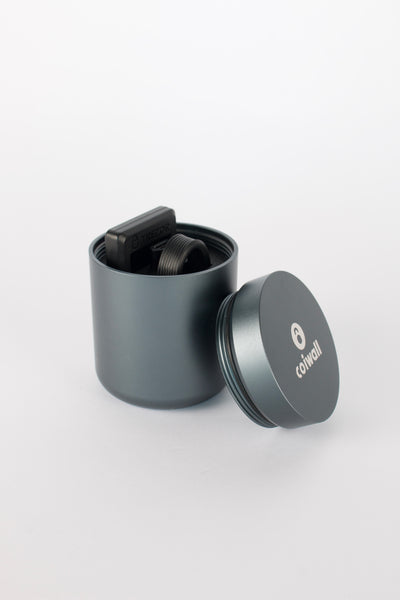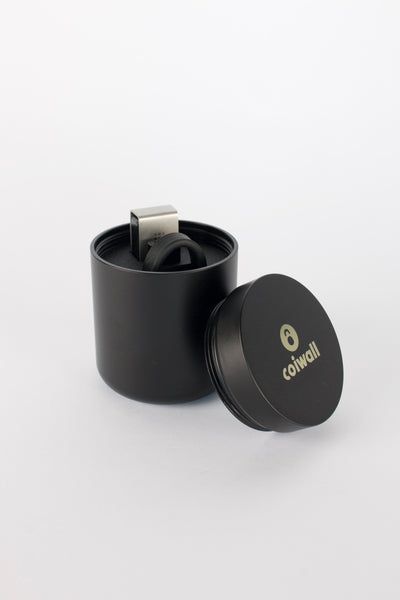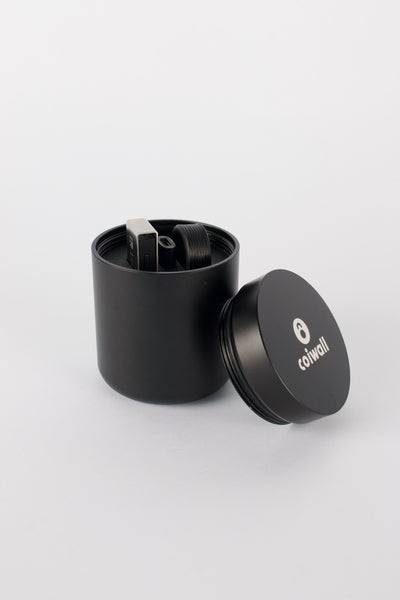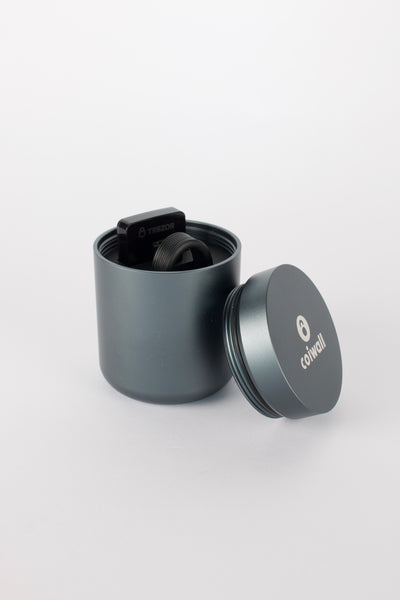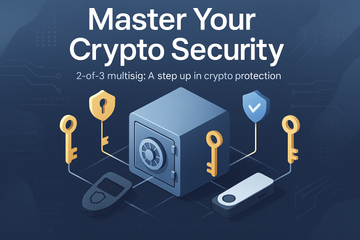So you're ready to give your cryptocurrency the security it deserves—hardware wallets with multisig setups. Fancy words for some, but once you get the hang of it, it's as simple as securing your front door with more than one lock. Let's navigate through how to use a hardware wallet, like Trezor or Ledger, together with a multisig setup using tools like Sparrow or Specter.
Why Multisig? The Basics You Didn't Know You Needed
Why go for multisig? It’s not just some fancy tech jargon. Imagine having a safe with multiple key slots, and you need more than one key to open it. That’s the idea behind multisig—it requires multiple approvals for a transaction, making it harder for someone to run off with your Bitcoin.
Here's the thing: crypto is valuable, and cyber threats are no joke. With multisig, even if someone were to snag one of your keys, they’d still need the others to get into your vault. It's like wearing a belt and suspenders—extra security never hurts, right?
Setting Up Your Hardware Wallet
First things first, you need to set up your hardware wallet. Whether you’re rocking a Trezor or Ledger, the process generally begins with creating a seed phrase. Don’t skip this! Your seed phrase is your ultimate backup—guard it with your life.
So, what’s the real deal? Connect your hardware wallet to your computer. Let’s say you're using a Ledger—install Ledger Live, follow the prompts to set up a new wallet, and note down your 24-word seed phrase and keep it safe. It’s like the golden ticket to Willy Wonka’s chocolate factory, but for crypto.
Choosing Your Multisig Tools: Sparrow and Specter
Next up, you need to pick your partner in crime—well, technically, your partner against crime. Tools like Sparrow Wallet or Specter Desktop are excellent choices. They provide a user-friendly interface and are perfect for managing a multisig setup with your hardware wallet.
Sparrow Wallet is like that friend who’s always ready to lend a hand—it's open source, feature-packed, and pretty straightforward. On the other hand, Specter Desktop offers seamless integration with hardware wallets and supports multiple multisig configurations. Picture them as your digital Batman and Robin.
Step-by-step: Setting Up Multisig with Sparrow
- Install Sparrow Wallet on your computer.
- Connect your hardware wallet and check compatibility.
- Create a new wallet and select the multisig option.
- Add your hardware wallet's public keys—this includes both yours and any other parties involved in the multisig.
- Choose the number of keys required to sign a transaction (e.g., 2-of-3 setup).
- Once configured, Sparrow will help manage your wallets and transactions.
Doesn’t sound too bad, does it? It’s like setting up a neighborhood watch group, where everyone has a part in keeping things secure.
Setting Up Multisig with Specter
- Download and install Specter Desktop.
- Connect your hardware wallet.
- Head to the wallet section and select the option for a new multisig wallet.
- Add public keys, just like with Sparrow—trust me, it's simpler than it sounds.
- Configure your setup (again, opt for something like 2-of-3 or 3-of-5).
- Specter will guide you through managing and verifying transactions.
And voila! You've set up your digital fortress.
Keeping Things Smooth: A Few Tips
Keep in mind that managing a multisig setup requires coordination with those involved. If you’re working together with others, keeping communication clear is as important as the tech itself. We might be sailing in the digital sea, but clear communication keeps us from getting lost at sea.
Also, storing your seed phrases and recovery backups securely is crucial. Consider using a safety deposit box or a tamper-proof container. Remember, preparation now avoids headaches later.
Conclusion: Your Crypto, Your Control
In the swirling world of cryptocurrency, taking control of your security with a multisig setup and a hardware wallet is like having a personal bodyguard. You’re more protected, involved, and aware. After all, isn’t peace of mind worth it?
As you continue to navigate the crypto landscape, never forget the significance of staying informed and prepared. It's not just about being tech-savvy—it's about safeguarding your assets and, by extension, your future. Here’s to keeping your crypto as secure on the blockchain as it is in your thoughts!

